Good oral health is critical to children’s ability to grow up healthy and succeed in school and life. Yet, nationally and in California, tooth decay ranks as the most common chronic disease and unmet health care need of children. Poor oral health can lead to unnecessary pain and suffering, diminished academic outcomes, and poorer overall health over a lifetime. Further, good oral health is also critical to the health of pregnant women and potentially linked to healthy birth outcomes.
Early childhood home visiting programs, focused on the health and development of pregnant women and young children, can play a critical role in getting children off to a good start when it comes to oral health. Home visiting programs link pregnant women, young children, and parents with trained home visitors who come into their homes and provide coaching, education, and resources to improve their health and wellbeing. By bringing care into the home, children and families are more likely to get the care they need. Home visiting programs—because of their goals and the close and consistent contact home visitors have with families—provide an ideal opportunity for providing early preventive oral health education and services, while also linking families to needed oral health care.
However, the current role home visiting programs play in meeting the oral health needs of young children, pregnant women, and families is not well recognized. Nor are oral health elements of home visiting programs supported to the extent they could be. Drawing from interviews with leaders in the home visiting and oral health communities and a literature review, this issue brief examines how oral health is incorporated into the early childhood home visiting models that serve the largest number of young children in California: Healthy Families America, Nurse-Family Partnership, Parents as Teachers, Welcome Baby, and Early Head Start (home-based option). This brief makes the case for increasing efforts to promote oral health care in home visiting programs and strengthening the relationship between the home visiting community and the oral health community. Finally, it articulates recommendations for next steps for how home visiting programs can further address oral health disparities among young children and pregnant women.
Download PDF